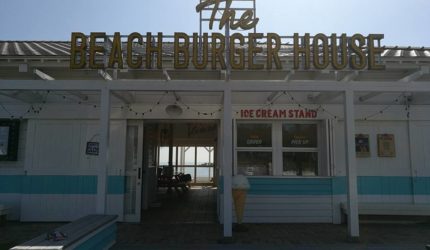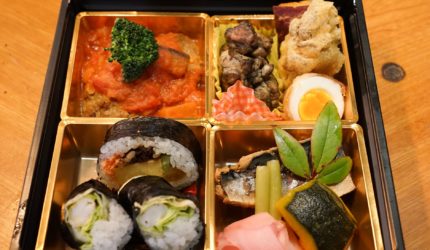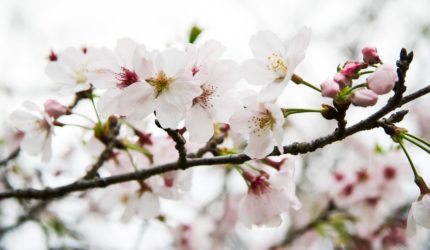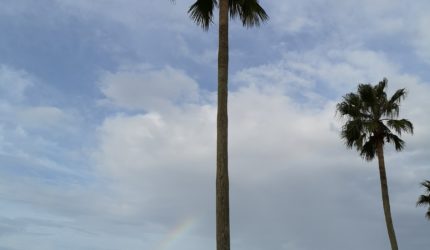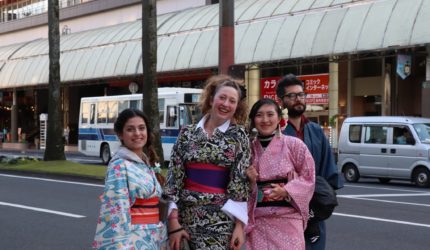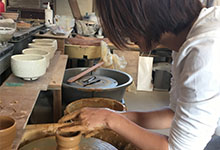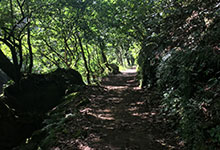Some of you might, as I have myself, been fascinated by the sheer number of souvenirs sold in Japan wherever you go. Personally, I really admire Japan’s Marketing-Power of turning whatever regional products they have into yuru-kyaras (mascottes) and/or into souvenirs. But why is it that Japanese bring back souvenirs from wherever they go, even if it’s just the neighboring prefecture?
I did some research and the and the answer lies, as so often with cultural questions, in history. Back in the Edo-period when traveling became more popular, landowners were afraid that their farmers and peasants would abandon their lands and therefore restricted their permission for traveling to pilgrimage. Traveling, even inside the country, became a once-in-a-lifetime event and even then often only the family head could go. The whole family and acquaintances gave the departing traveler small gifts and money to make their journey a bit more safe and comfortable and also to bring them back some souvenirs for the far lands they probably would not be able to see for themselves. Traveling therefore somewhat turned into a mission, to not only enjoy for oneself but for the ones who had to stay home as well. Under the “cover” of pilgrimage, the traveler visited as many places as possible and bought the specialties of the respective areas. This custom has merged into today’s custom of buying and bringing back souvenirs in Japan. So, in case you might be wondering what to bring back from Miyazaki, I will introduce some of the specialties of the prefecture that hopefully will inspire you.
Miyazaki Mango
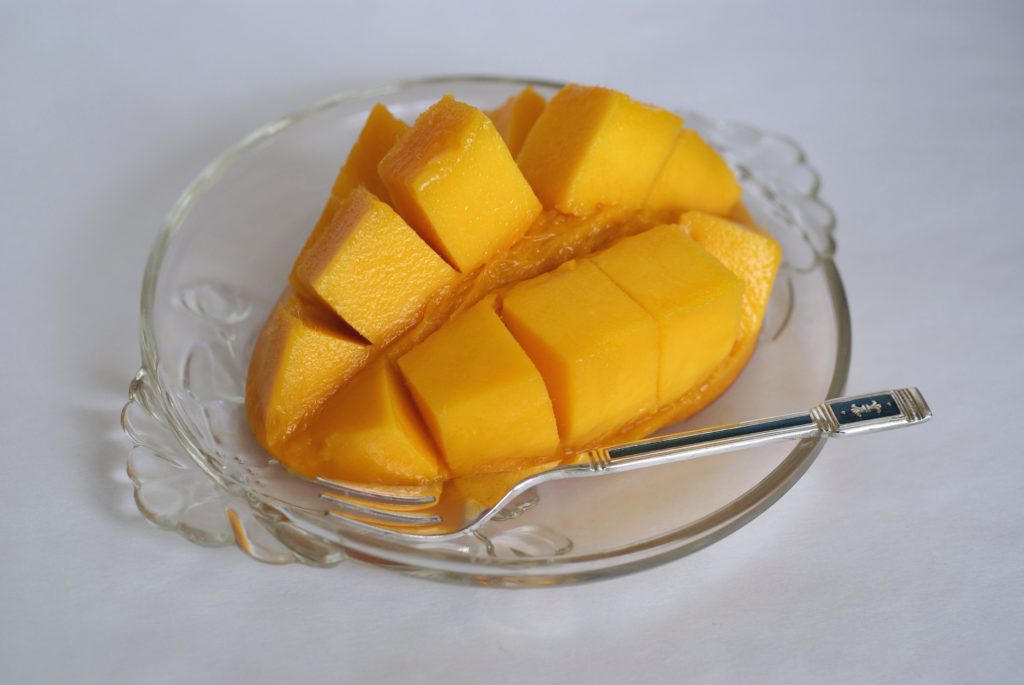
Mango is not a fruit you would expect to grow in Japan, but Miyazaki is famous for producing high-quality fruits. Be it fresh mangoes, mango juice, syrup, mango liquor (highly recommended to try while you are here!!), mango biscuits or mango-chocolate (my personal favorite and available at the airport), Mango specialties perfectly capture the southern vibes of Miyazaki and are a perfect souvenir to bring to any occasion.
Hyuuga Natsu

In case you didn’t already know, in times when the now-prefectures still were single countries, Miyazaki used to be called Hyuuga-no-Kuni ( something like “the land that the sun faces towards”) and it therefore is more than fitting that this refreshing citrus fruit found in Miyazaki got the name Hyuuga Natsu (Hyuuga summer). The taste lies somewhere in-between a sweet lemon and a grapefruit, so it’s a very refreshing souvenir to bring back especially during the warmer months. There is a huge variation of souvenirs reaching from the above-mentioned edible goodies to cosmetic products.
Tama-Tama
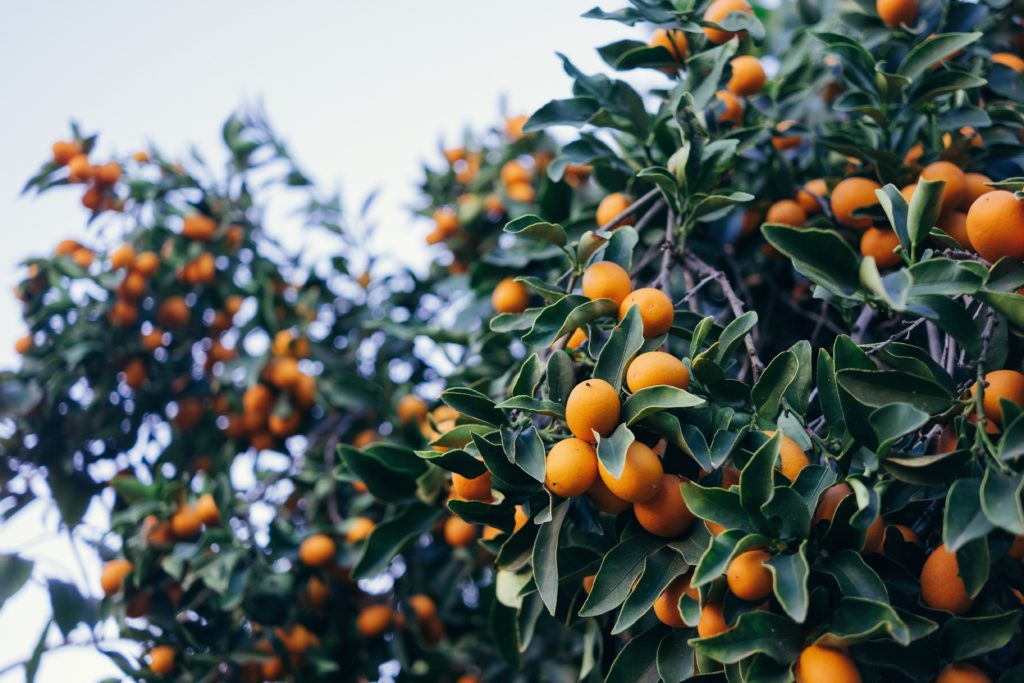
A famous Miyazaki-made brand of Japanese Kumquats (or “kinkan” in Japanese). Like Hyuuga Natsu and Mango, Tama-Tama are used in a huge variety of products fit to bring back as a souvenir and they are also sold in little cups at the airport in case you are looking for a delicious, healthy snack for yourself while traveling.
Miyazaki-Gyu (Miyazaki Beef)
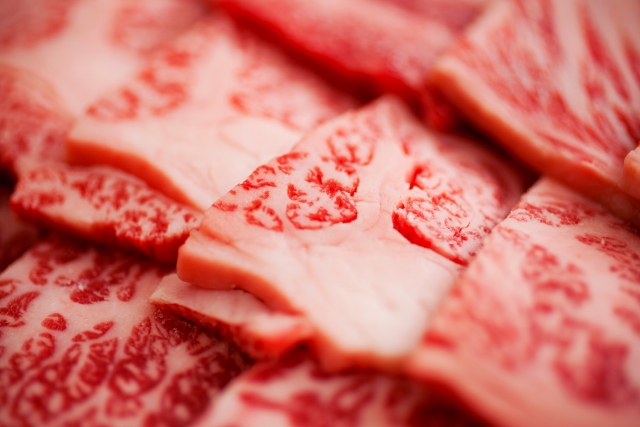
This one is a bit tricky. Miyazaki-Gyu has won the Japanese Beef-Olympics the last couple of years in a row and therefore rightfully calls itself the best beef in Japan, even beating the famous Kobe-Gyu. It, therefore, is a highly appreciated souvenir to bring back from our sunny prefecture, but the problem might be the duration of the flight. My recommendation is, therefore, to buy some at the airport where they will sufficiently cool it down and package it to make it fit for transport for you. Even so, personally I would only bring it back as a souvenir if your destination is no farther away than 2-4 hours at most as this high-quality beef is best enjoyed fresh.
if you are a bit confused about the difference between Wagyu, Kobe-Beef and Miyazaki-Beef, here’s our meat-guide: https://en-miyazaki.com/qanda/wagyu-beef-kobe-gyu-miyazaki-gyu-the-ultimate-guide-to-japans-finest-beef/
And there you go. Of course, there are a lot more specialties but those are the most iconic products every Japanese will recognize as a typical specialty or souvenir from Miyazaki.



